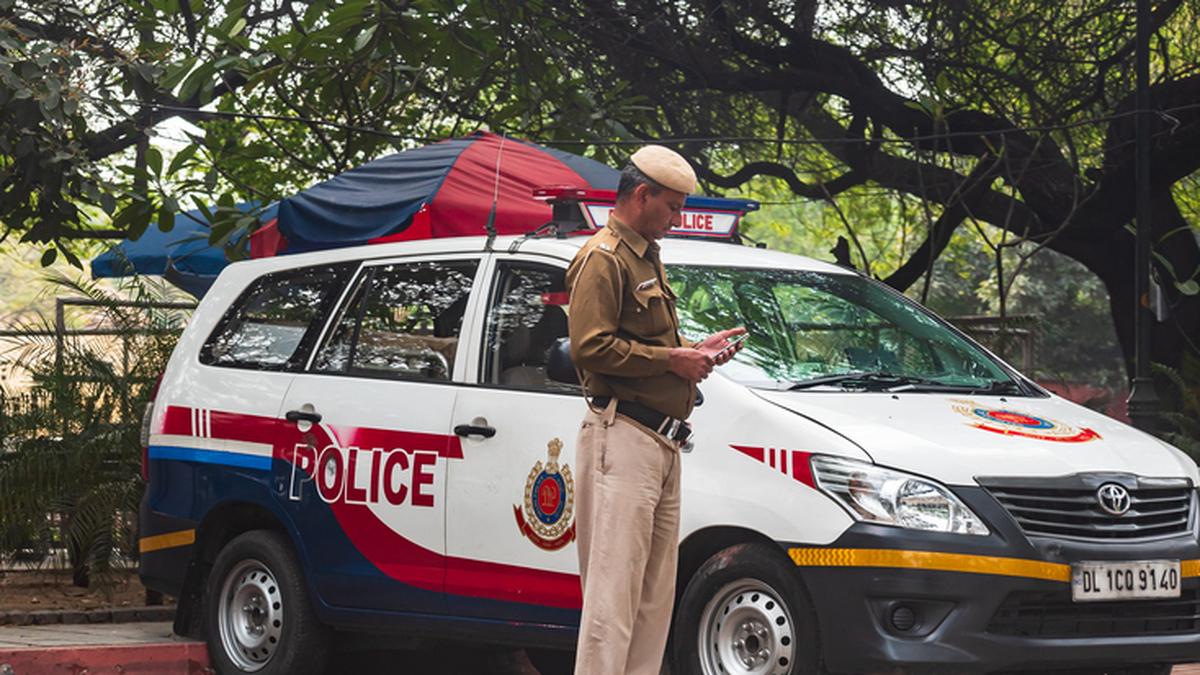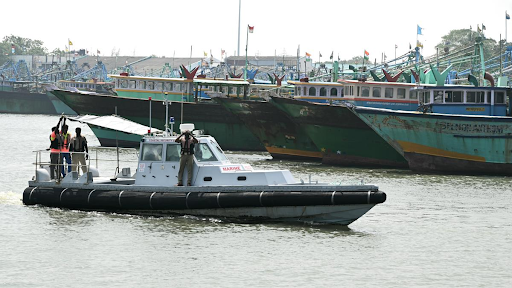



Operation Spider’s Web was Ukraine’s largest long-range drone offensive targeting key Russian airbases, destroying $7 billion worth of strategic aircraft using covert drone launches from disguised civilian vehicles. The operation showcased Ukraine’s deep-strike capability and technological innovation to influence peace talks.

Disclaimer: Copyright infringement not intended.
Ukraine executed Operation Spider’s Web, its largest drone offensive, destroying $7 billion worth of Russian aircraft.
|
Attribute |
Details |
|
Type of Operation |
High-risk, long-range drone offensive |
|
Executing Nation |
Ukraine (Security Service of Ukraine - SBU) |
|
Target Nation |
Russia |
|
Objective |
To damage strategic Russian airpower (bombers, surveillance aircraft) and display Ukraine’s deep-strike capacity as a negotiation tool before peace talks. |
|
Duration of Planning |
18 months |
|
Key Military Strategy |
Use of explosive-laden drones launched from civilian trucks disguised in wooden sheds (Trojan Horse-style deployment) |
|
Number of Drones Used |
117 drones |
|
Major Airbases Attacked |
- Belaya (Irkutsk) - Olenya (Murmansk) - Diagilevo (Ryazan) - Ivanovo Severny - Ukuranka |
|
Drone Launch Technique |
Drones were hidden and transported near airbases using civilian vehicles, launched from close proximity inside Russian territory |
|
Symbolic Timing |
Attack launched hours before Russia’s Iskander missile strike on Dnipropetrovsk |
|
Strategic Significance |
Demonstrated Ukraine’s reach and technological innovation; sought to tilt peace negotiations by showing offensive depth |
|
Result |
Damage to strategic bomber fleet; showcased Ukraine's unconventional warfare capabilities |
Source: Indian Express
|
PRACTICE QUESTION Q. Examine the strategic significance of Ukraine’s Operation Spider’s Web drone offensive against Russian airbases. How does this operation reflect modern unconventional warfare and its impact on peace negotiations? (150 words) |





© 2026 iasgyan. All right reserved